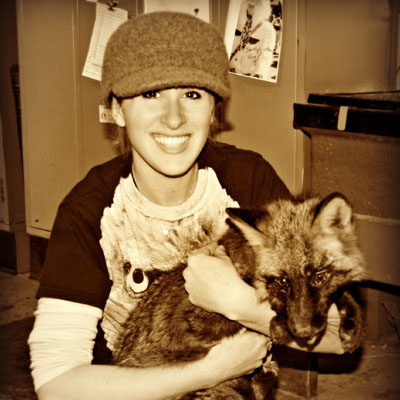I spent the five happiest years of my life in a morgue. As a forensic scientist in the Cleveland coroner’s office I analyzed gunshot residue on hands and clothing, hairs, fibers, paint, glass, DNA, blood and many other forms of trace evidence, as well as crime scenes. Now I'm a certified latent print examiner and CSI for a police department in Florida. I also write a series of forensic suspense novels, turning the day job into fiction. My books have been translated into six languages.
When I was at the coroner's office, a typical day would be examining victim's clothing from a homicide or suicide, typing blood samples and testing gunshot residue samples. Now at the police department, a typical day is spent in front of the computer putting in latent prints that the officers or I have lifted from items and searching for a match, or checking past searches of new people put in the system. Then I might go out to process a burglary scene.
On the shooter's hands, not very long. When we did GSR testing we would not do it if more than 4 hours had elapsed since the shooting. On clothing, it could depend on the type of material and how far away the item was--if it's a smooth fabric it would probably brush right off, but a more fuzzy type of thick material might get some particles stuck in it.
That was talking about primer residue. Gunpowder residue is bigger, heavier, and hot so it can fuse to some fibers or get 'stuck' to the item by the victim's blood.
Time of death is not determined as precisely as it is on television, I know, and they often use a number of factors to make an estimate such as when the person was seen last, mail piling up at the door, rigor mortis, lividity, etc. But honestly a pathologist could answer that question much more accurately than I could. They are the ones that determine TOD.
Because human bodies are in constant flux. Cells slough off, fluids wash out other fluids, but a stain on a piece of cloth doesn't change.
Pharmacist
 Have you ever given someone the wrong prescription?
Have you ever given someone the wrong prescription?
Zookeeper and Animal Trainer
 Why are some people so protective of endangered species?
Why are some people so protective of endangered species?
Bracketologist
 Why have there been so many 15-2 upsets, but no 16-1's?
Why have there been so many 15-2 upsets, but no 16-1's?
i don't know. It would be worth a try.
DNA and fingerprints will still be the main forms of identification, but the focus on video, computers, social media and phone evidence will continue to expand. Anything that's not absolutely yes or no such as gunshot residue, fibers, maybe bitemarks will be discontinued.
I don't really watch any except the ones on the ID channel, and those are mostly about the investigation. But when they do mention forensic evidence, they're accurate.
-OR-
 Login with Facebook
Login with Facebook (max 20 characters - letters, numbers, and underscores only. Note that your username is private, and you have the option to choose an alias when asking questions or hosting a Q&A.)
(A valid e-mail address is required. Your e-mail will not be shared with anyone.)
(min 5 characters)
By checking this box, you acknowledge that you have read and agree to Jobstr.com’s Terms and Privacy Policy.
-OR-
 Register with Facebook
Register with Facebook(Don't worry: you'll be able to choose an alias when asking questions or hosting a Q&A.)